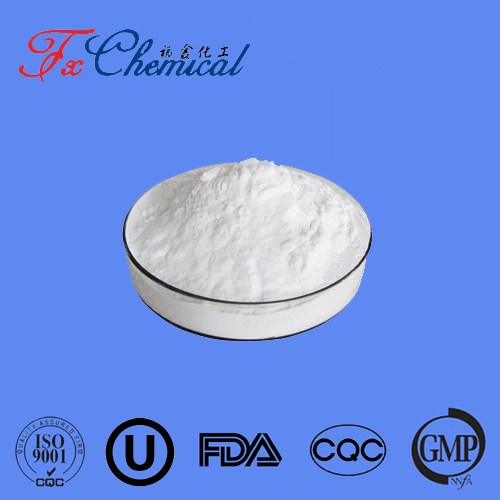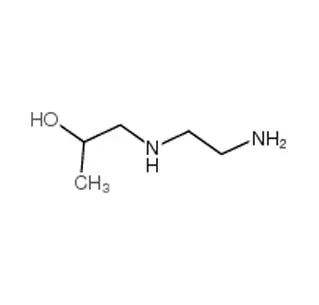
Search

Search

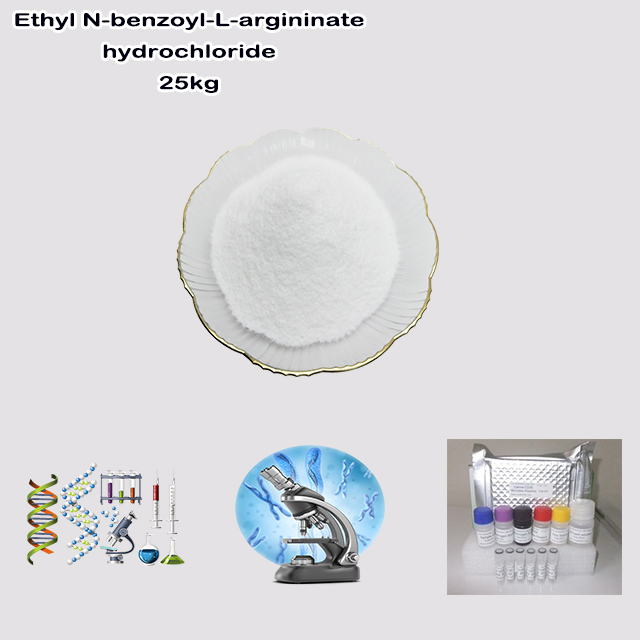
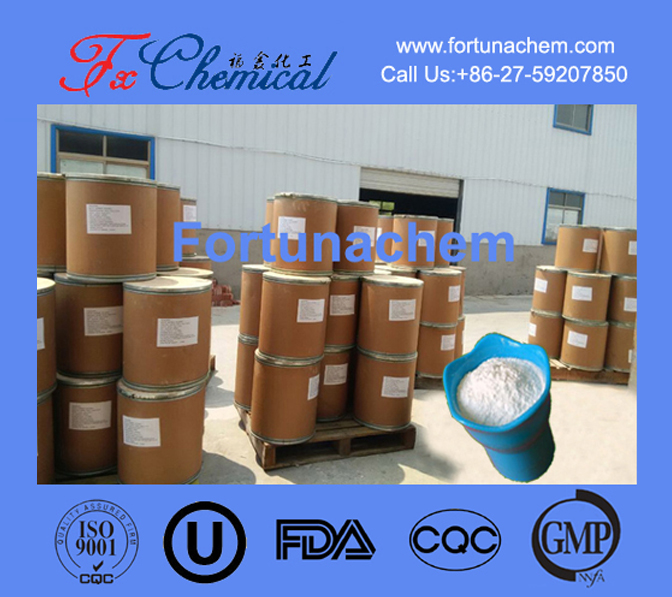
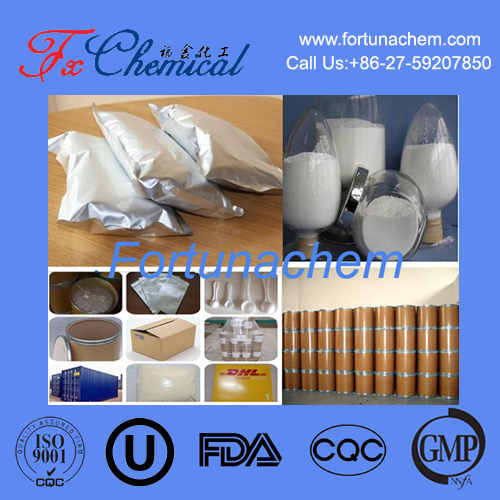
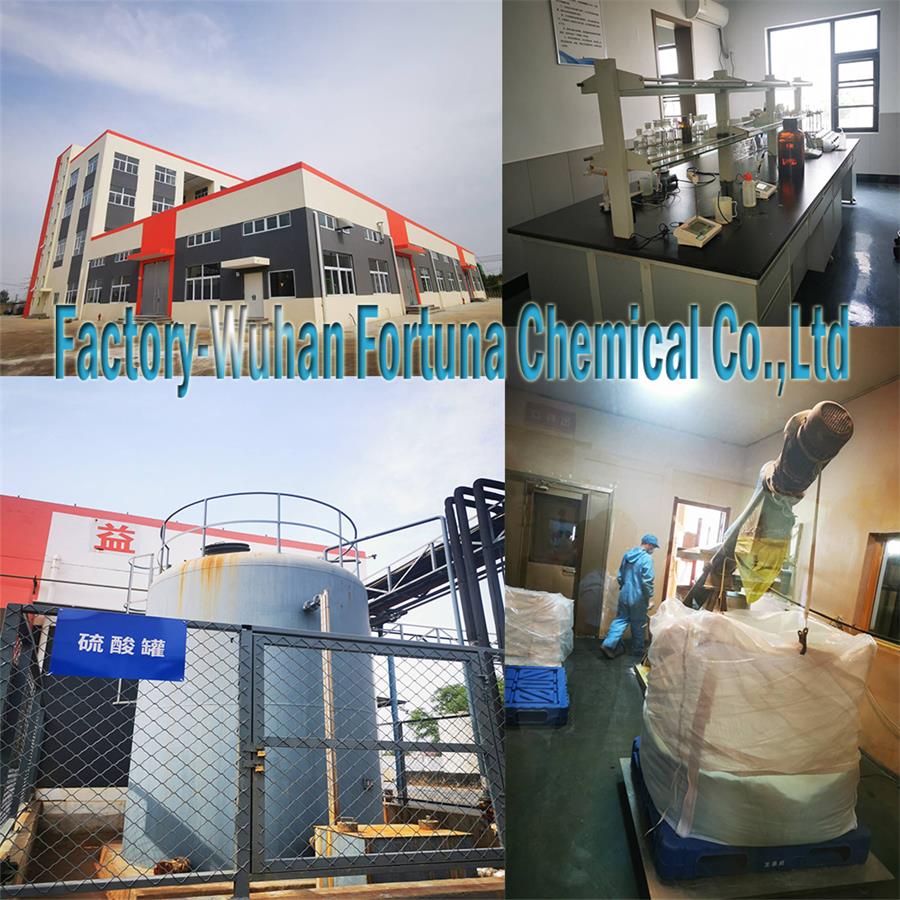
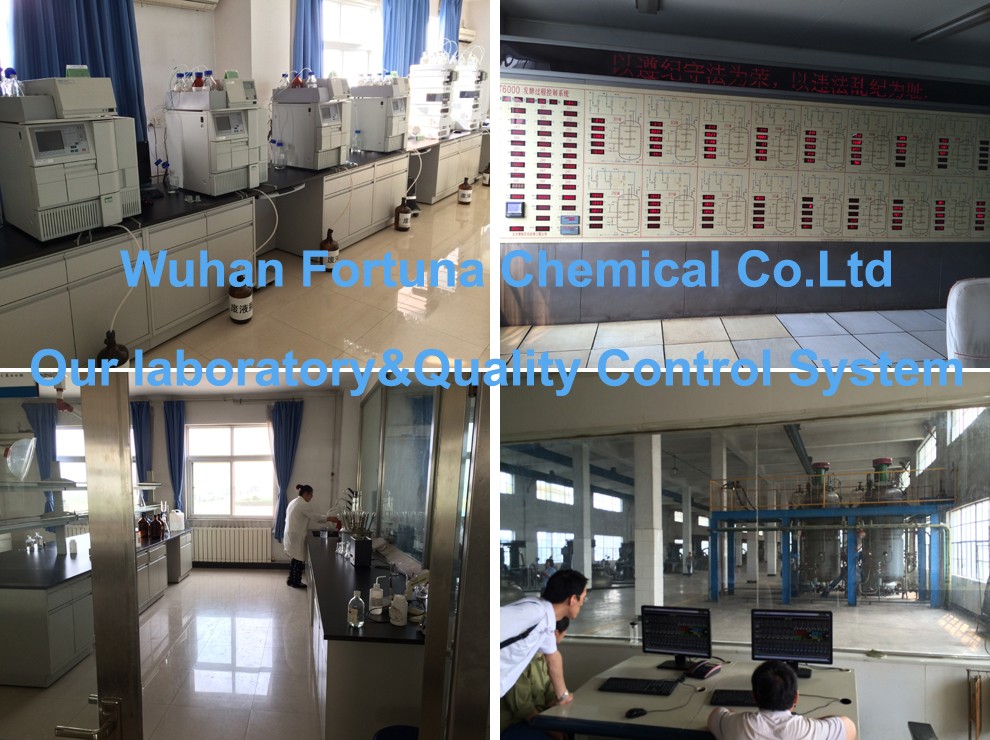





Ethyl N-benzoyl-L-argininate hydrochloride (often abbreviated BAEE) is a synthetic, water-soluble ester derivative of the amino acid L-arginine. It is primarily used as a chromogenic substrate in biochemical laboratories to assay the activity of the enzyme trypsin. When trypsin cleaves this substrate, the reaction products cause a measurable change in the electrical conductivity of the solution, allowing researchers to precisely quantify the enzyme's concentration and activity. It is a essential tool for enzyme kinetics and diagnostic testing.
Ethyl N-benzoyl-L-argininate hydrochloride is a synthetic, water-soluble ester derivative of the amino acid L-arginine. Its primary use is as a chromogenic substrate in biochemical laboratories to detect, measure, and study the activity of specific enzymes, most notably the serine protease trypsin.
Core Structure: It is based on the natural amino acid L-arginine.
Modifications:
N-benzoyl: A benzoyl group (C₆H₅C=O-) is attached to the alpha-amino group (NH₂-) of the arginine. This makes it a specific target for certain enzymes.
Ethyl ester: The carboxylic acid group (-COOH) of the arginine is converted into an ethyl ester (-COOCH₂CH₃). This modification enhances stability and solubility.
Hydrochloride salt: The compound is stabilized as a hydrochloride salt (HCl), which ensures it is crystalline, stable, and highly soluble in water—a crucial property for its use in aqueous lab assays.
Abbreviation: It is often abbreviated as BAEE (Benzoyl-Arginine Ethyl Ester) or Bz-Arg-OEt ∙ HCl in scientific literature and product catalogs.
This compound is a classic example of a chromogenic substrate. Its value lies in what happens when a specific enzyme acts on it.
Enzyme Target: It is specifically hydrolyzed (cleaved) by enzymes from the serine protease family, with trypsin being the most important one. Trypsin naturally cleaves peptide bonds next to the amino acids arginine and lysine.
The Reaction: Trypsin cleaves the ester bond of BAEE, releasing ethanol and N-benzoyl-L-arginine.
How it's Measured (The "Chromogenic" Part): The reaction mixture is monitored using a spectrophotometer. The product of the hydrolysis, N-benzoyl-L-arginine, has a different electrical charge than the original substrate. This change in charge can be measured as a steady increase in electrical conductivity of the solution.
Historically, this reaction was one of the first to be followed using pH-stat titration, as the hydrolysis also slowly liberates a proton (H⁺ ion), which changes the pH of the solution.
Enzyme Activity Assays: Its main application is to quantitatively determine the activity or concentration of trypsin in a sample. By measuring the rate of the reaction (the increase in conductivity per minute), a researcher can calculate how much active enzyme is present.
Enzyme Kinetics: It is used to study the catalytic mechanism of trypsin and other arginine-specific proteases, determining parameters like Michaelis constant (Kₘ) and maximum velocity (Vₘₐₓ).
Inhibitor Screening: It can be used to test for molecules that inhibit trypsin activity. If an inhibitor is present, the rate of the BAEE hydrolysis reaction will decrease.
Quality Control: Used in the production and QC of trypsin preparations to ensure consistent and specific activity.
| Substrate | Abbreviation | Key Feature | Typical Use |
|---|---|---|---|
| Ethyl N-benzoyl-L-argininate | BAEE | Measures activity via conductivity/pH change | Classic assay for trypsin activity |
| Nα-Benzoyl-L-arginine 4-nitroanilide | BAPNA | Releases yellow 4-nitroaniline | Spectrophotometric assay (absorbance at 410 nm) |
| Tosyl-Gly-Pro-Arg 4-nitroanilide | ... | More specific sequence | Assays for thrombin and other clotting factors |
Like all laboratory chemicals, it must be handled with care. While not considered highly toxic, it is an irritant to the eyes, skin, and respiratory system. Standard laboratory safety practices (wearing gloves, safety glasses) are required when handling it.
Ethyl N-benzoyl-L-argininate hydrochloride is not a drug or a naturally occurring metabolite. It is a specialized synthetic biochemical tool. Its sole purpose is to act as a sensitive and specific "signal molecule" that allows scientists to monitor and quantify the action of the enzyme trypsin in a test tube. Its design is a elegant example of creating a molecule tailored for a specific diagnostic analytical technique.
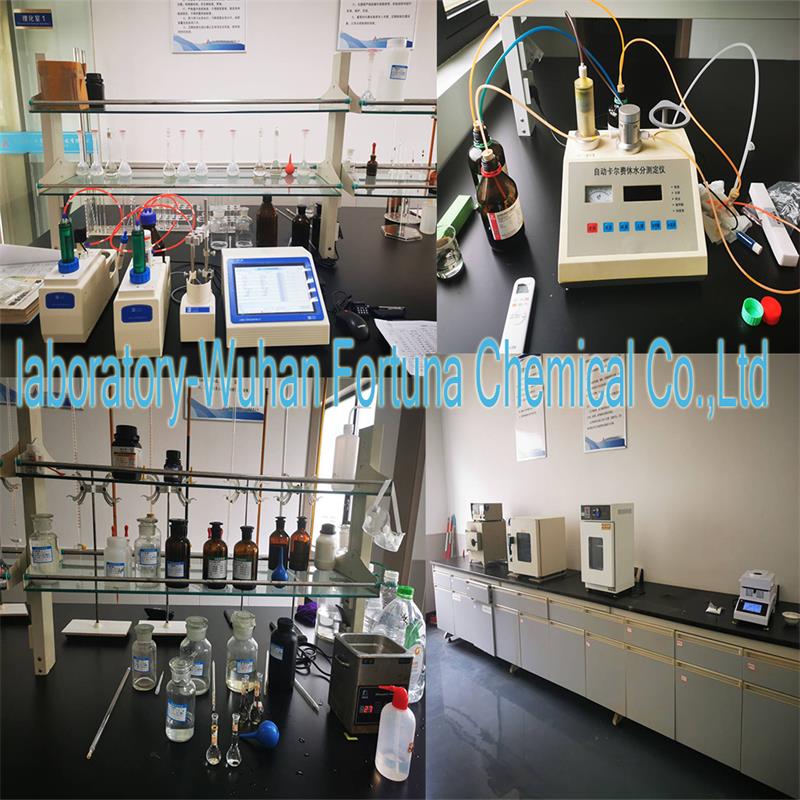
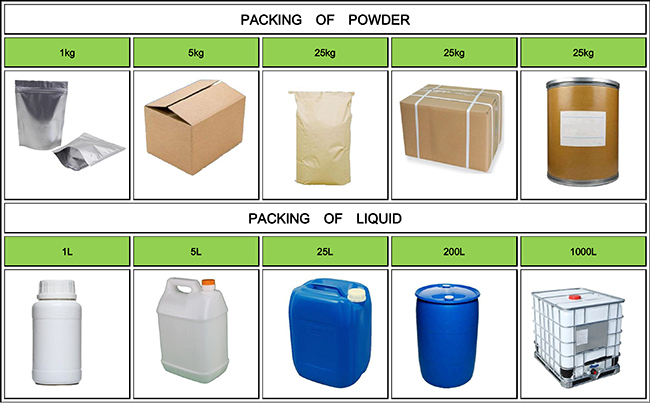
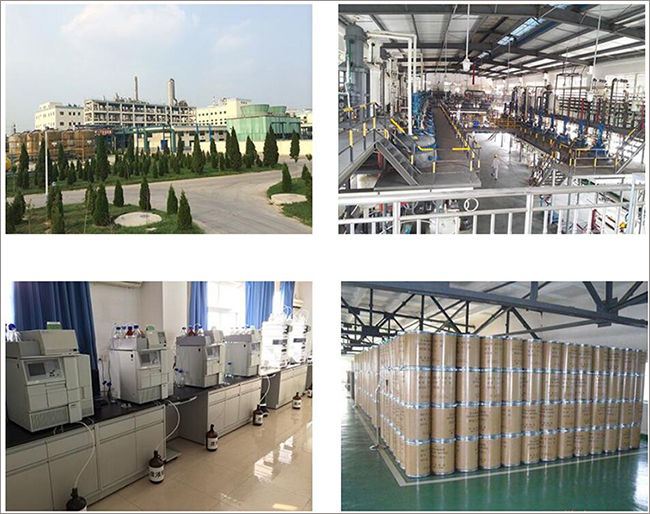

Fortunachem Provides Not Only Professional Chemical Products But Also Professional Help
Keeping you up-to-date with all the latest information, news, and events about Fortunachem!

Quick Links
Add:
E-mail:
 English
English  Español
Español  français
français  العربية
العربية 